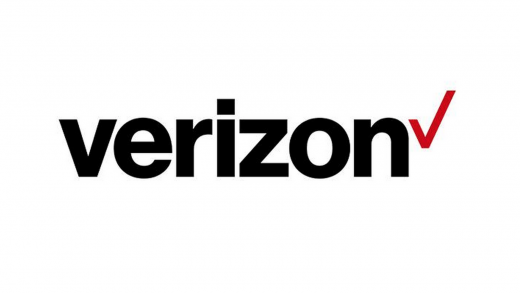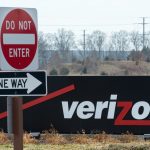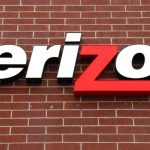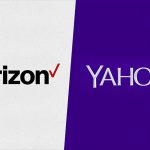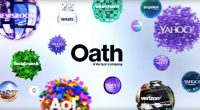How Verizon’s Yahoo buy will reshape the digital ad marketplace
Verizon’s recent acquisition of Yahoo suggests that it is looking to scale, but is it enough to catapult the company into the league of Facebook and Google? Columnist James Green explores.
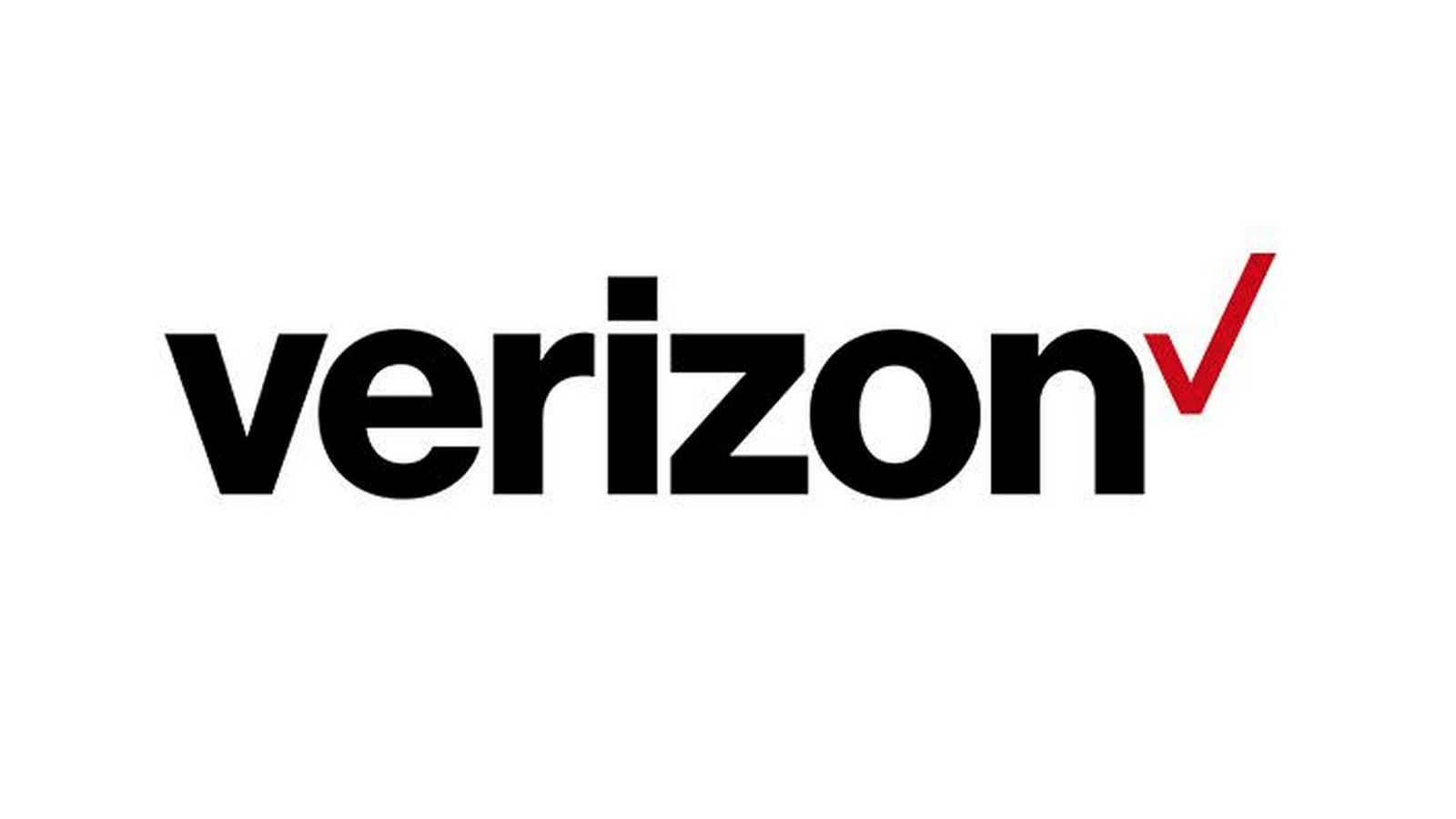
Since its invention, advertising has always been about scale. The largest advertising platforms, whether they are TV, print or digital, have always generated vastly more revenue than their percentage share of people’s time would suggest.
Combining Yahoo and AOL provides real scale for Verizon, but only time will tell if it’s enough to catapult the platform into the league of behemoths like Facebook and Google.
For adtech and martech industries, this deal is just another prime example of companies coming together to combine technologies under the promise of offering greater scale and reach to marketers.
And when you dig into the details, you can see the data story unfolding, offering up a strong set of signals about consumers — demographics, interests, location, purchase behaviors and so on — that will help marketers predict what people want and deliver stronger ad targeting.
AOL’s CEO, Tim Armstrong, told Ad Age, “the driving force behind [the Yahoo-Verizon deal] is about consumer scale of getting over a billion users and we have a 2020 goal to get to two billion users overall.”
And with approximately one billion monthly active users — including roughly 600 million monthly mobile users and 280 million email users — Yahoo certainly is a solution that makes sense in order to meet that business objective.
Essentially, there’s a tech and a content component to Yahoo, both of which have weakened over the years. The challenge for AOL is to take these weaker components and combine them with AOL’s assets to forge them into a stronger solution.
Can Verizon compete with other advertising giants?
Let’s look at the league Verizon is going after. Take Facebook, for example, which owns Instagram and WhatsApp. They have an easy way to log in and target people or “lookalikes” across all of the platforms. AOL/Yahoo’s version of this is much messier when you compare Facebook with Yahoo, Instagram with Tumblr, and WhatsApp with AIM. Clearly, Facebook wins every time.
On the tech side, AOL has some fundamentally excellent but aging infrastructure in Advertising.com and the tech stack that has grown out of that. The big opportunity there is to make audience targeting and campaign optimization seamless across AOL’s entire inventory. I’m sure that the battle for a good tech back end can be won, but the battle for great consumer-facing content seems much more difficult.
If Google owns search, and Facebook owns social, then what space can Verizon + AOL + Yahoo own? With claims around their consumer data, is the real value in identity? I wouldn’t place any bets on that, and arguably, Facebook has that anyway. Is it the Tech stack? Not likely, as it’s probably weaker than Facebook and Google, which were built from the ground up, as opposed to cobbled together.
That’s going to be one of the big challenges ahead: Combining technology is always very challenging and harder than expected. It’s often easier to just throw one away and rebuild it from scratch.
This is Google’s approach — take DoubleClick and AdMeld as examples. In both cases, there was an existing product that was already built, but Google wanted its own — so they froze the existing product and spent the time (multiple years) and resources (hundreds, if not thousands of developers) to rebuild and relaunch a superior product. Google’s ad exchange is just one of the features that grew out of this rebuild. It remains to be seen if Verizon has the skills, resources and vision to do the same.
The current (and future) landscape
According to eMarketer research in 2015, five companies dominated the total display revenue market, with Google and Facebook leading the pack with 16 percent and 30 percent, respectively. Verizon (including AOL and Millennial Media) accounted for only four percent of total revenue, and Yahoo accounted for five percent. While Yahoo’s ad revenue has been declining year over year, the merger brings Verizon close to a 10-percent stake in total display revenue – demonstrating that they are poised to grow revenue share and compete in the big leagues.
Today, you’ve got three big players: Verizon, Google and Facebook, which are very similar to the original big TV networks: CBS, NBC and ABC. They all have similar products, but they have vastly bigger scale and reach — and even the weakest of them is far ahead of the next advertising offering.
If you follow the TV network story, we all know what happened: more networks like FOX emerged, and cable came in to fragment the market with hundreds of channels. Now, Over The Top (OTT) is disintermediating cable by distributing directly over the internet. We can anticipate similar things to happen to the big three digital natives.
If Verizon unclutters the inherent messiness with a prolonged tech and content strategy, they could be poised to be a legitimate competitor to Google and Facebook. However, the present belongs to the current behemoths — and as for the future, it’s possible that it may belong to a couple of other smaller companies that exist today. You simply can’t stay on top forever. No one does.
Some opinions expressed in this article may be those of a guest author and not necessarily Marketing Land. Staff authors are listed here.
Marketing Land – Internet Marketing News, Strategies & Tips
(30)

